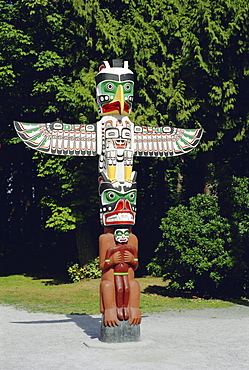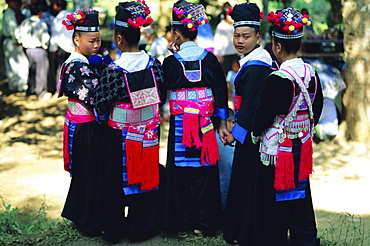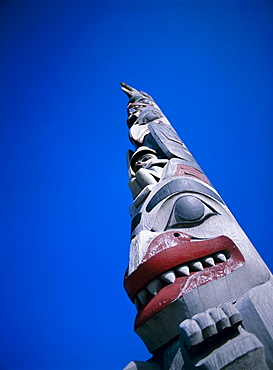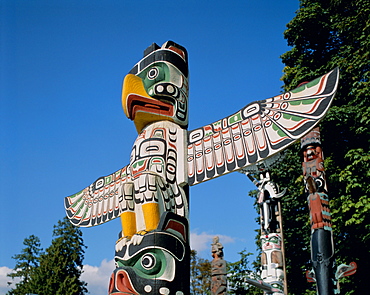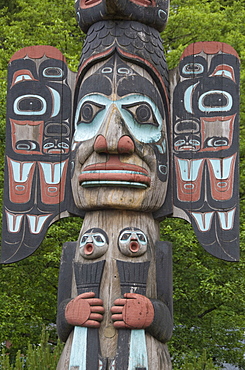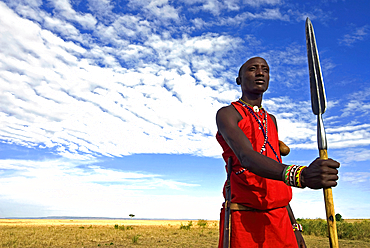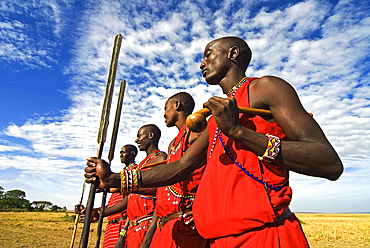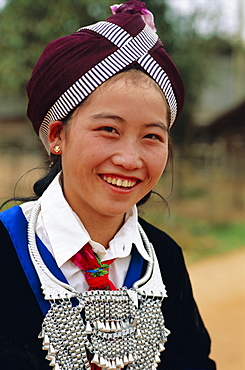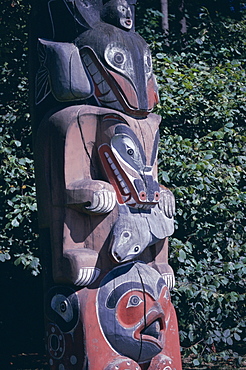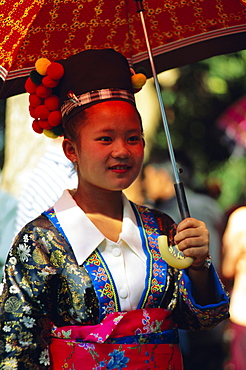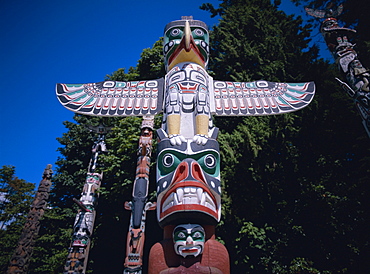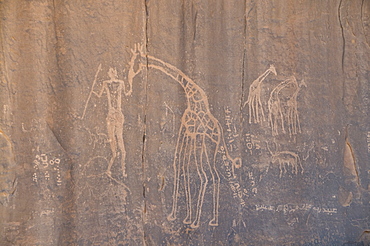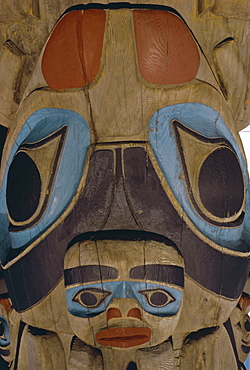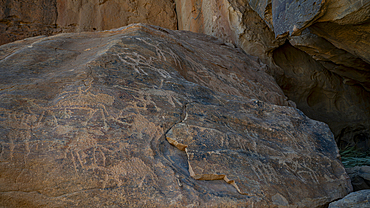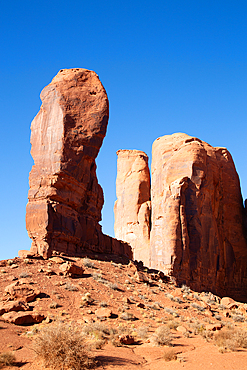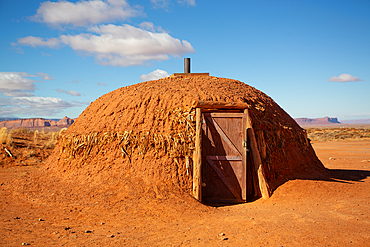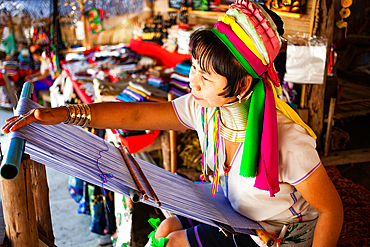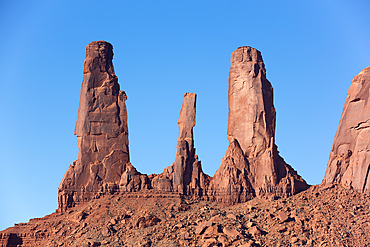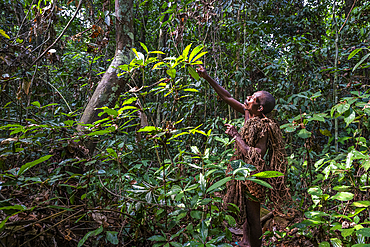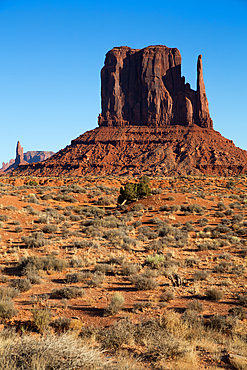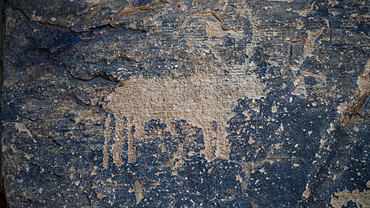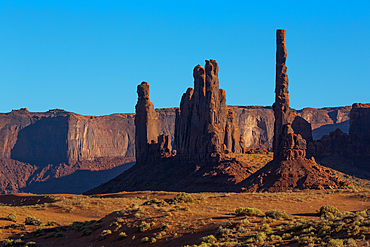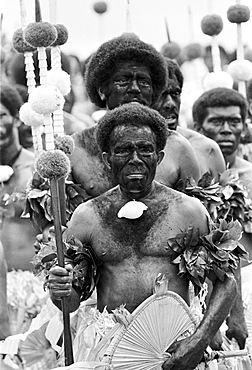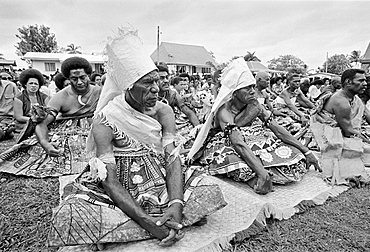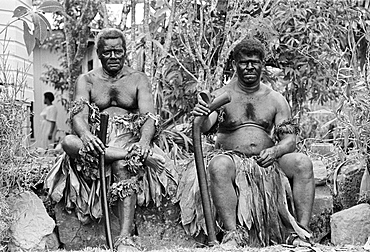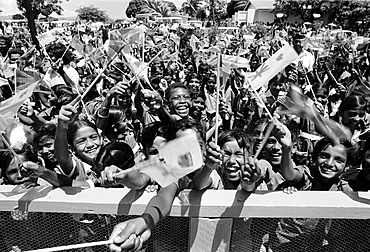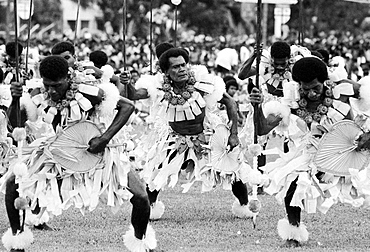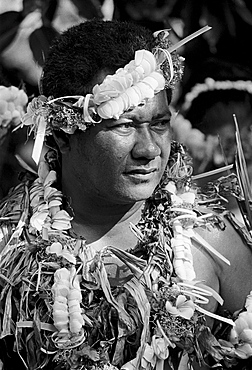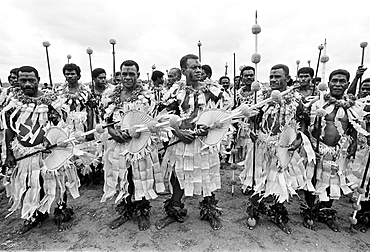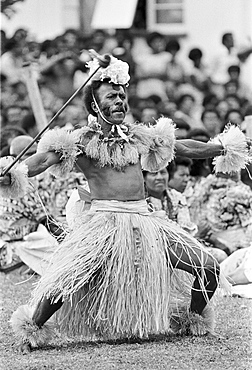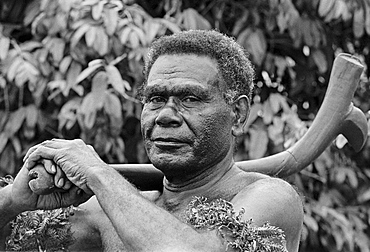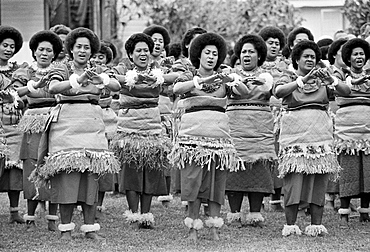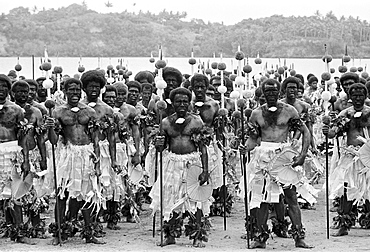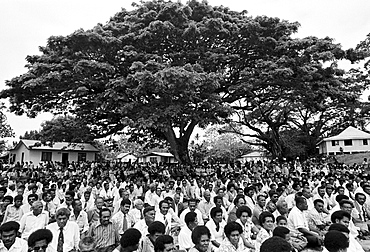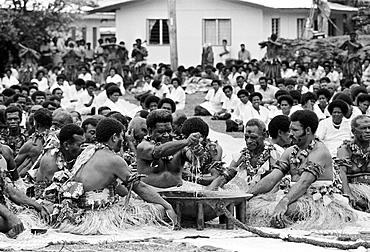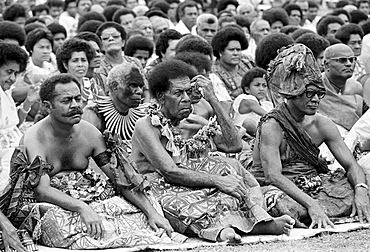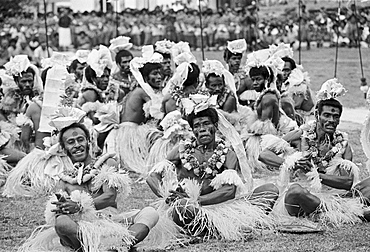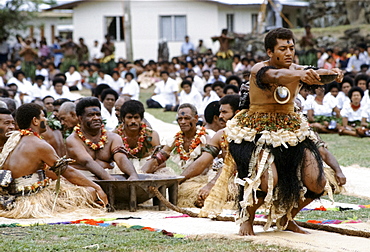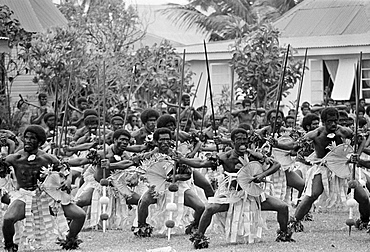Results
76 results found
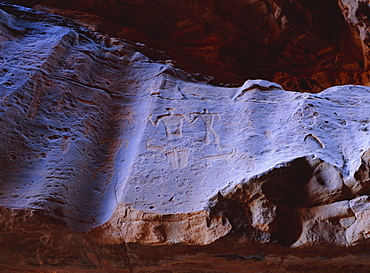
Rock drawings of Thamudic origin, relating to ancient tribe of Thamud, 3rd century BC to 2nd century AD, in canyon of Jebel Khazali, south of Rum village, Wadi Rum, Jordan
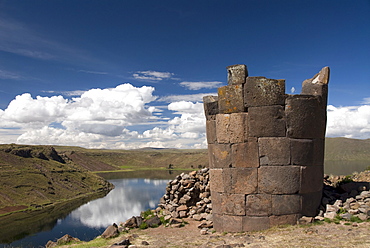
Funerary towers (chullpas) where members of the old Colla tribe, early Incas, were buried, ruins of Sillustani, near Lake Titicaca, Peru, South America
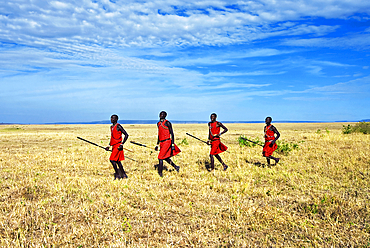
Four Masai hunters running through bush holding spears, Masai Mara National Reserve, Kenya, East Africa, Africa
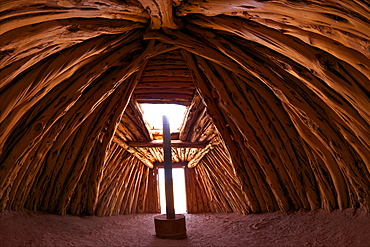
Interior of Navajo hogan, traditional dwelling and ceremonial structure, Monument Valley Navajo Tribal Park, Utah, United States of America, North America
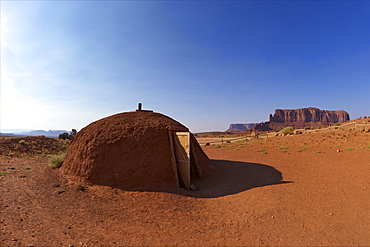
Navajo hogan, traditional dwelling and ceremonial structure, Monument Valley Navajo Tribal Park, Utah, United States of America, North America
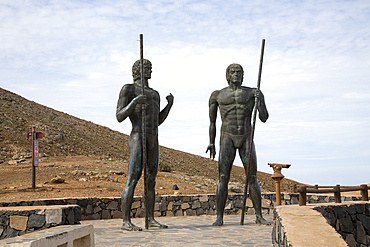
Statues of indigenous Mahos tribal leaders Guize and Ayose by Emiliano Hernandez, Fuerteventura, Canary Islands, Spain, Atlantic, Europe
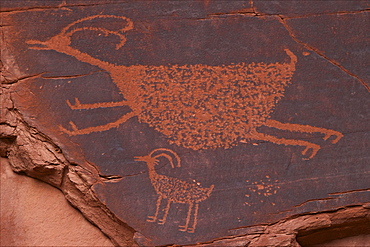
Bighorn Sheep at the Sun's Eye. Anasazi Petroglyphs, Monument Valley Navajo Tribal Park, Utah, United States of America, North America
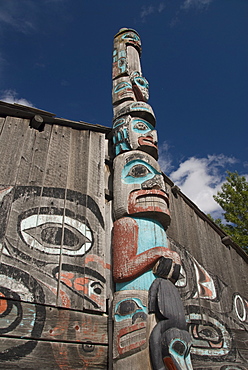
Tlingit Totem Pole, Raven's Fort Tribal House, Fort William Seward, Haines, Alaska, United States of America, North America

Stagecoach, Gouldings Trading Post, Monument Valley Navajo Tribal Park, Utah, United States of America, North America
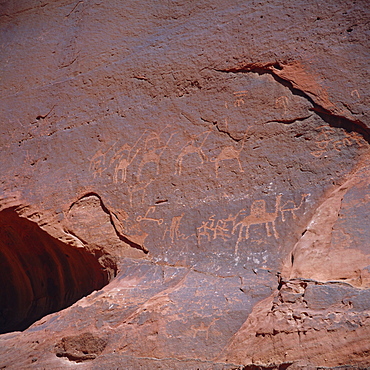
Thamudic inscriptions carved 2000 years ago by Arabian tribe of camel caravan on Jebal Umm Ishrin, Wadi Rum, Jordan, Middle East
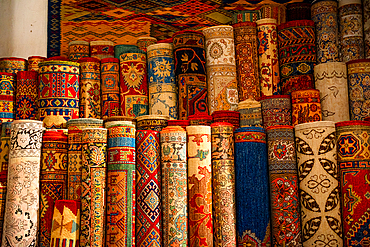
Stacks of vibrant handwoven Moroccan rugs and carpets displayed in a traditional shop in Fes, Morocco
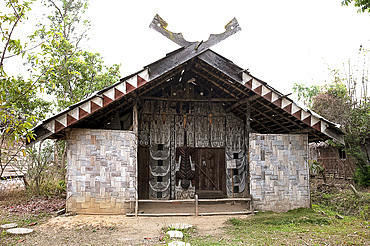
Manipuri tribal house in the Heritage Centre in Andro Scheduled Caste village run by the Mutua Museum, Manipur, India, Asia

Woman making weaving warp, from Akha Puli tribe living in village in the mountains surrounding Muang La, Oudomxay Province, northwestern Laos
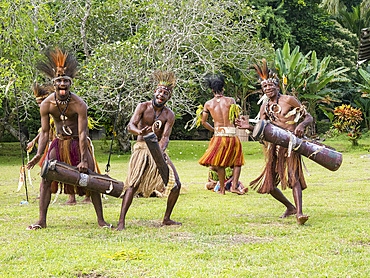
Six different groups of native warriors, drummers, and dancers perform on Kwato Island, Papua New Guinea, Pacific
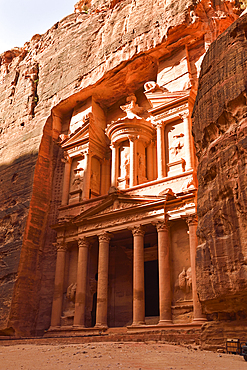
Al-Khasneh (The Treasury) seen from the Siq, the historic and archaeological Nabataean city of Petra, UNESCO World Heritage Site, Jordan, Middle East
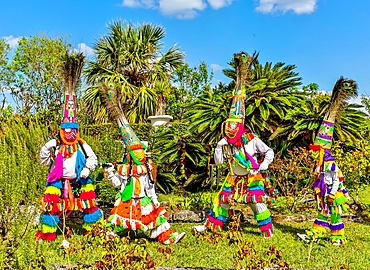
Gombey dancers, traditional performers, in troupes of 10 to 20, of a blend of Native American, Caribbean and British culture, dancing to a powerful drum beat, Bermuda, Atlantic, North America
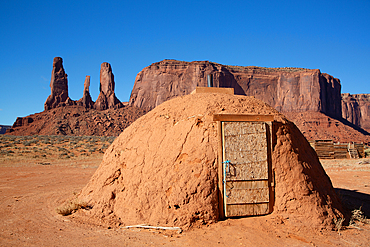
Navajo Hogan House, Three Sisters in the background, Monument Valley Navajo Tribal Park, Utah, United States of America
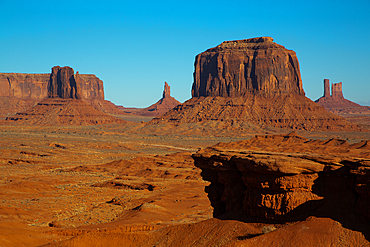
John Ford's Point, Merrick Butte in background, Monument Valley Navajo Tribal Park, Utah, United States of America
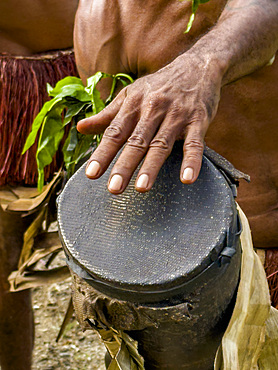
Six different groups of native warriors, drummers, and dancers perform on Kwato Island, Papua New Guinea, Pacific
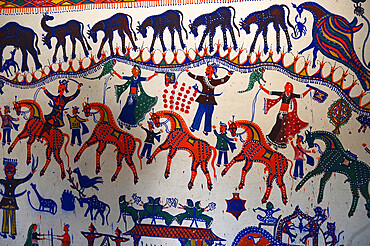
Rathwa tribal man's house wall painted in the Pithora style emanating from local cave paintings in Koraj-i-Dungar, Gujarat, India, Asia
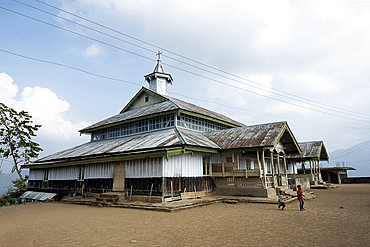
Large, wooden built Baptist church at the top of Naga tribal village, community converted from Animism to Christianity, Nagaland, India, Asia
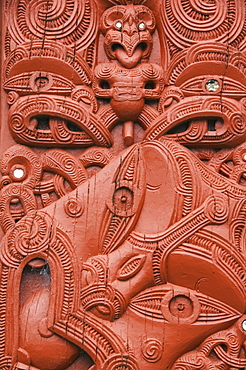
Carvings on a Whare Whakairo Meeting House, carvings representing the dead and manifestations of ancestors preserved tribal history in an oral society, Te Puia Maori Village, Rotorua, Taupo Volcanic Zone, North Island, New Zealand, Pacific
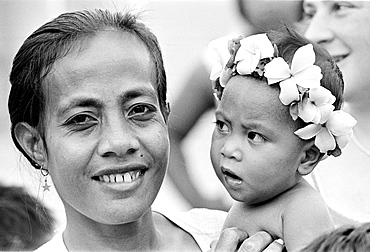
South Pacific islanders in traditional costumes at tribal gathering in Kiribati, Gilbert Islands, South Pacific
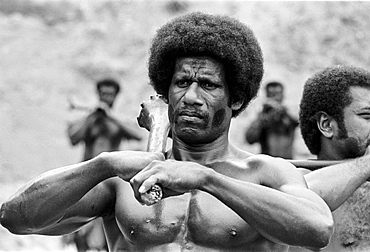
Fijian man taking part in traditional native kava ceremony at tribal gathering in Fiji, South Pacific
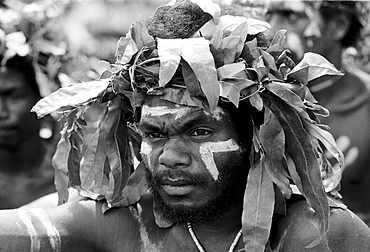
South Pacific islander in native dress at traditional tribal ceremony in Honiara, Solomon Islands, South Pacific
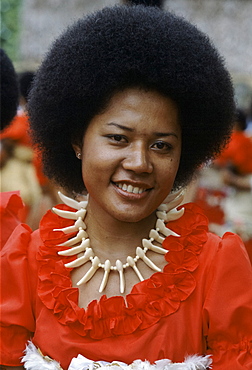
Fijian girl in traditional costume with bone necklace during native ceremony at tribal gathering in Fiji, South Pacific
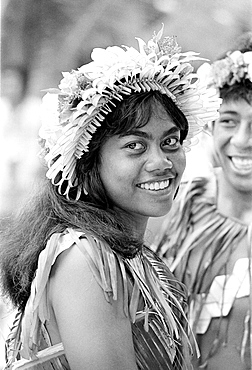
South Pacific islanders in traditional costumes at tribal gathering in Kiribati, Gilbert Islands, South Pacific
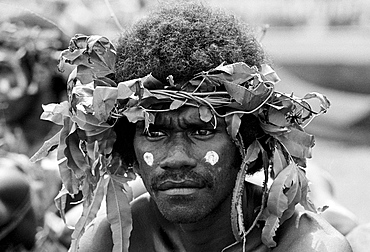
South Pacific islander in native dress at traditional tribal ceremony in Honiara, Solomon Islands, South Pacific
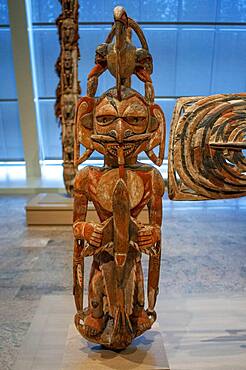
New Ireland Malagan funerary statue in at the Metropolitan Museum of Art museum, New York, USA. New Ireland is part of the Bismarck Archipelago, situated north of New Guinea, and has an estimated population of 100,000. The Dutch first encountered the island in 1616, and today New Ireland is a province of Papua New Guinea. Nineteen different languages are spoken on the island, and it is divided by a chain of mountains into three distinct regions: northern, central, and southeastern. The art of New Ireland traditionally centered on mortuary ceremonies and feasts to honor the dead. In northern New Ireland, the name given to these elaborate ceremonies is malagan, which is also the term used for the carved and painted sculptures associated with the ceremonies.
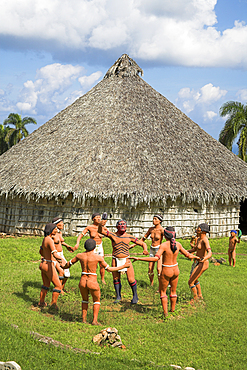
Model of Indians in reproduction Taino Indian village, Chorro de Maita, Banes, near Guardalavaca, Holguin Province, Cuba
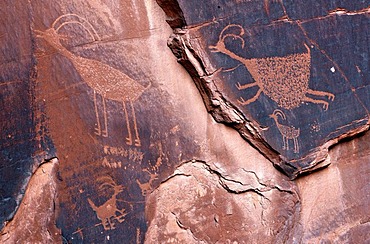
Petroglyphs etched in sandstone, symbols, prehistoric and historic rock art, wall drawings by the Anasazi Native Americans, Monument Valley, Navajo Tribal Park, Navajo Nation Reservation, Arizona, Utah, United States of America, USA

Petroglyphs etched in sandstone, symbols, prehistoric and historic rock art, wall drawings by the Anasazi Native Americans, Monument Valley, Navajo Tribal Park, Navajo Nation Reservation, Arizona, Utah, United States of America, USA

Petroglyphs etched in sandstone, symbols, prehistoric and historic rock art, wall drawings by the Anasazi Native Americans, Monument Valley, Navajo Tribal Park, Navajo Nation Reservation, Arizona, Utah, United States of America, USA
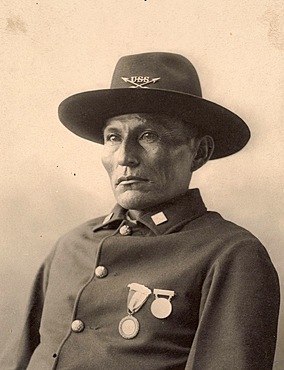
Naiche, hereditary chief, serving the army, Chiricahua Apaches, an Apache tribal group in the southwestern United States, after a painting by F.A.Rinehart, 1899, Historic, digitally restored reproduction of an original from the period
